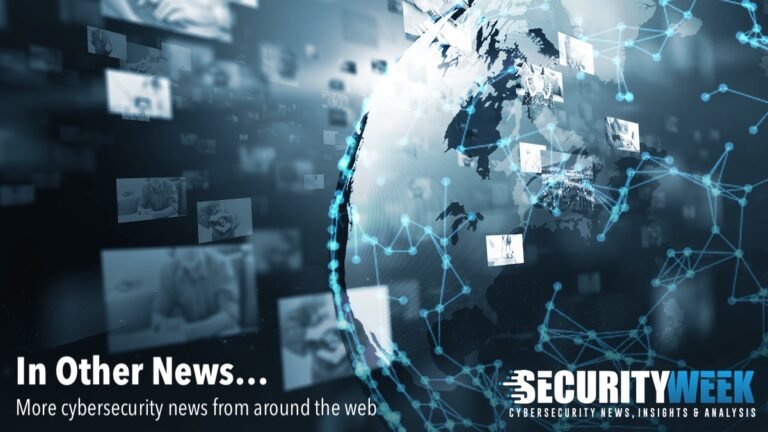Top Highlights
-
AT&T Settlement: The telecom giant has agreed to a $177 million settlement regarding data breaches from 2019 and 2024, compensating affected customers with payments ranging from $2,500 to $5,000, while denying allegations to avoid litigation costs.
-
Cyberattack on UNFI: United Natural Foods has restored systems after a cyberattack disrupted grocery supplies, with no evidence of personal data breaches; no ransomware group has claimed responsibility.
-
US House WhatsApp Ban: The US House of Representatives has prohibited staff from using WhatsApp on official devices due to security concerns, advocating for alternatives like Microsoft Teams and Signal, which WhatsApp disputes as less secure.
- Cybercrime Report in Africa: Interpol revealed that over 30% of reported crimes in Eastern and Western Africa are cyber-related, highlighting a need for improved law enforcement capabilities against prevalent online scams, ransomware, and sextortion.
Problem Explained
In a recent cybersecurity news roundup from SecurityWeek, several significant incidents unfolded, spotlighting the permeating risks within the digital landscape. AT&T has reached a preliminary settlement of $177 million for lawsuits tied to data breaches from 2019 and 2024, affecting numerous customers who may receive compensation based on their losses. Although AT&T has denied wrongdoing, the settlement serves to mitigate the uncertainties and financial strain of extended litigation.
Additionally, United Natural Foods (UNFI) has successfully restored its core systems following a cyberattack that disrupted supply chains but reportedly did not compromise sensitive personal information. Meanwhile, the US House of Representatives has prohibited the use of WhatsApp on official devices due to concerns over data security, echoing ongoing debates about privacy in digital communication. An Interpol report revealed a concerning rise in cybercrime in Africa, with a staggering 30% of reported crimes stemming from online activities. These developments and others chronicle the evolving threats and responses confronting the cybersecurity sector today.
What’s at Stake?
The recent cybersecurity incidents—ranging from AT&T’s substantial data breach settlement to the widespread cyberattacks impacting key infrastructure—underscore a profound and pervasive risk landscape that directly threatens businesses, users, and organizations at large. Such breaches not only precipitate financial repercussions, as evidenced by AT&T’s $177 million settlement, but they also engender a loss of consumer trust, provoke regulatory scrutiny, and compel businesses to evaluate their cybersecurity postures. When a high-profile victim like United Natural Foods suffers a cyberattack that disrupts supply chains, the ripple effect can lead to inventory shortages and operational paralysis for partners and retailers who rely on timely deliveries. Moreover, the alarming statistic from Interpol indicating that over 30% of reported crime in parts of Africa is cyber-related highlights a growing global vulnerability, illustrating that no sector is immune to these threats. As organizations grapple with these complex security challenges, the potential for cascading failures—wherein one entity’s compromise adversely impacts stakeholders across the supply chain—demands heightened vigilance and a collaborative approach to cybersecurity resilience.
Possible Remediation Steps
Timely remediation is vital in the context of cybersecurity incidents, as it can significantly mitigate potential damages and restore affected systems, thus preserving public trust and operational integrity.
Mitigation Steps
-
Immediate Containment
- Isolate affected systems to prevent further unauthorized access.
-
Incident Assessment
- Conduct a thorough analysis to identify the attack vector and scope of the breach.
-
Data Integrity Checks
- Verify and restore the integrity of compromised data to ensure accurate information.
-
User Communication
- Inform affected stakeholders about the breach and provide guidelines for safeguarding personal information.
-
Enhanced Security Measures
- Implement advanced security protocols, including multifactor authentication and regular vulnerability assessments.
-
Policy Review
- Reevaluate current cybersecurity policies to identify gaps and reinforce security frameworks.
-
Training and Awareness
- Conduct training sessions for employees to enhance awareness about cyber threats and best practices.
- Continual Monitoring
- Establish ongoing monitoring systems to detect and respond to future threats proactively.
NIST Guidance
The NIST Cybersecurity Framework (CSF) emphasizes the need for timely responses to incidents and suggests that organizations adopt a well-structured response plan. Relevant sections include NIST SP 800-61 for a detailed incident response framework, which outlines best practices for detecting, responding to, and recovering from cybersecurity incidents effectively.
Stay Ahead in Cybersecurity
Stay informed on the latest Threat Intelligence and Cyberattacks.
Access world-class cyber research and guidance from IEEE.
Disclaimer: The information provided may not always be accurate or up to date. Please do your own research, as the cybersecurity landscape evolves rapidly. Intended for secondary references purposes only.
Cyberattacks-V1

